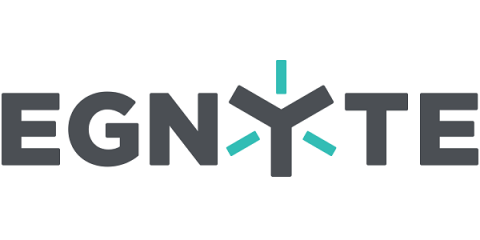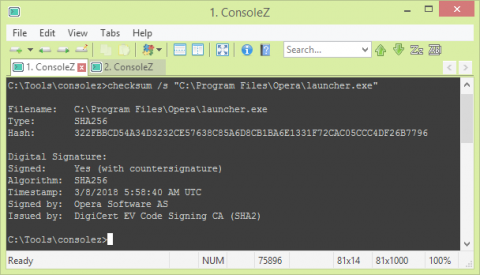20 CIS Controls: Control 19 - Incident Response and Management
Today, I will be going over Control 19 from version 7 of the top 20 CIS Controls – Incident Response and Management. I will go through the eight requirements and offer my thoughts on what I’ve found.






